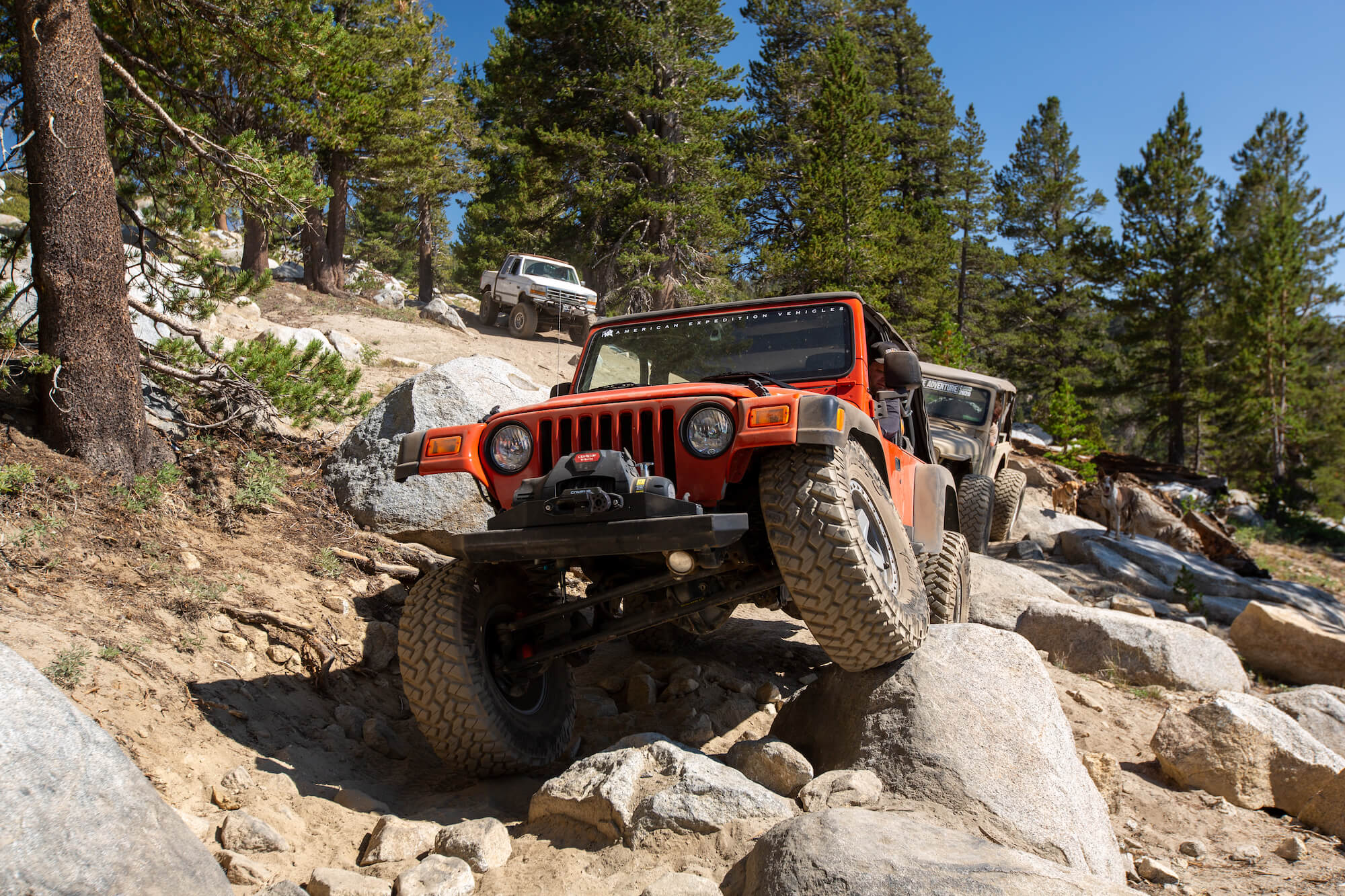
Photography by Harry Wagner
California’s San Joaquin Valley is not nearly as flashy as Silicon Valley to the north, or Hollywood to the south, but if you take the time to explore, this area is full of hidden gems. Nestled in the Sierra Nevada Range west of this agricultural center are some of the most scenic 4×4 trails in the world. Brian Sumner and the author have a tradition of camping and wheeling at the end of August each year for the author’s birthday. Over the past decade they have gone to the Rubicon, Fordyce, Slickrock, and numerous other trails. This year the destination was Dusy-Ershim Trail, and in the three days we spent covering 30 miles of trail, we only encountered two other small groups of vehicles.
Dusy-Ershim is not as famous as the Rubicon to the north or Johnson Valley to the south, but they offer breathtaking views, pristine lakes, and plenty of challenges. Honestly, we are somewhat hesitant to even write this article about this area for fear that more visitors will negatively impact the pristine environment. Keep that in mind if you visit trails like Dusy-Ershim, Swamp Lake, or Strawberry Lake. The Fresno 4WD Club has spent decades creating and maintaining these routes, and their remote location has minimized the traffic on the trail.
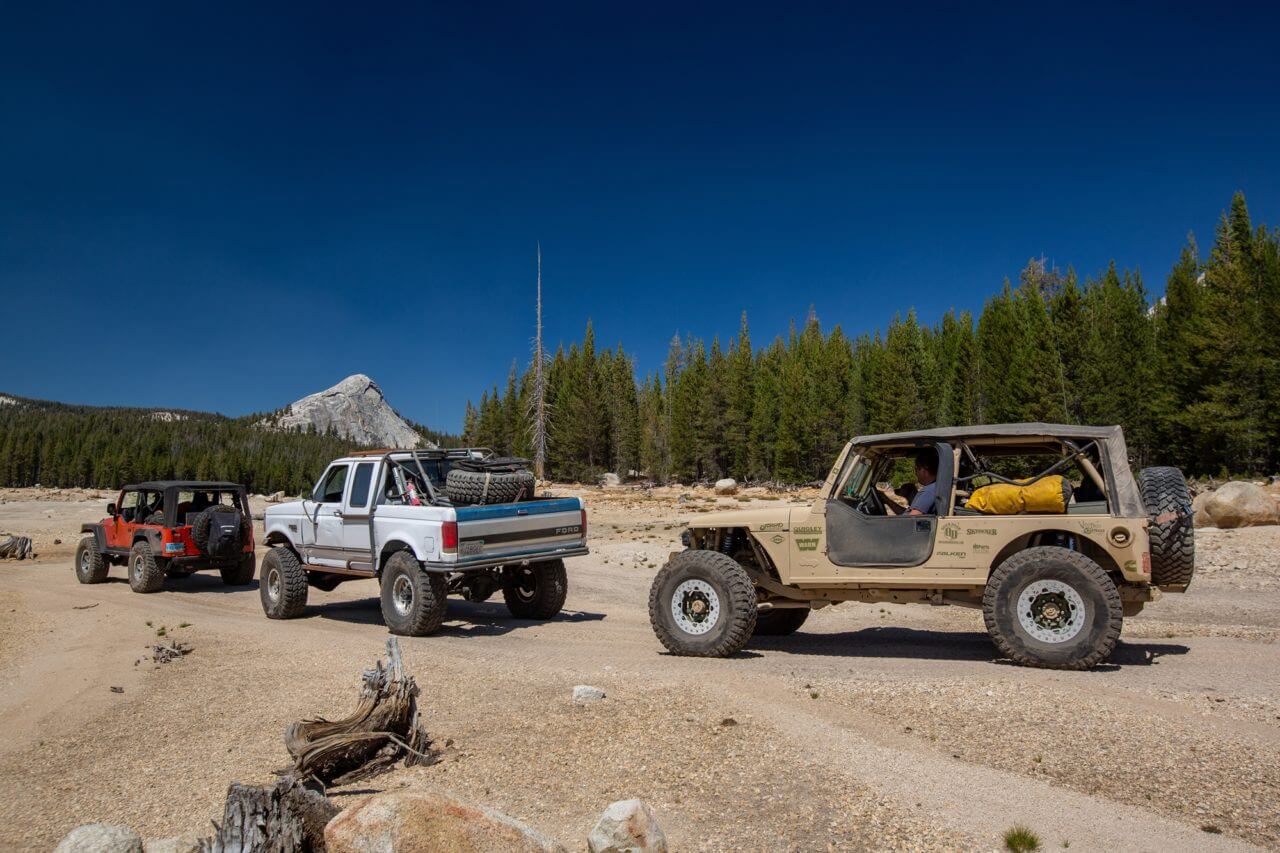
Our group on the trail consisted of five people in three vehicles. This was small enough that we were able to move quickly, yet still had plenty of help when we needed a winch or a spotter. The LJs were well sized to maneuver through the tight trees, but the full size Ford suffered body damage on nearly every panel, even with careful driving.
Even before leaving the pavement, the views at the start of the trail at Courtright Reservoir are stunning. Once leaving the tarmac and shifting into low range, the challenges come quickly as you navigate through the boulders to Chicken Rock. We recommend airing down your tires at this point, you won’t see pavement again for three days. If this section of the trail seems daunting, consider just camping at Courtright and running some of the other trails in the area such as to Strawberry Lake. Dusy-Ershim is long, remote, and challenging. We don’t recommend going alone, and this isn’t the sort of trail you want to take an unproven vehicle on. You will pass through a gate here, and at the other end of the trail as well. The Forest Service closes the trail in the winter, and it is opened to the public for the summer once the snow has melted and the trail is cleared of fallen trees.

If you run the trail in the traditional direction from north to south, one of the first obstacles you encounter is Chicken Rock. While it is quite steep and intimidating, traction on the granite allows you to climb to the top of the hill with ease. This is perhaps the one spot on the trail where a longer wheelbase is an advantage.
At the top of Chicken Rock you wind around to the north side of Courtright Reservoir, one of nearly a dozen bodies of water encountered along this route. Bring your fishing pole, your inflatable raft, and your swimsuit. Bring your mosquito repellent too, since all this water means plenty of blood sucking insects. Rainbow trout and German Browns are the most common fish in the area, with the limit being five a day. Nightcrawlers and salmon eggs are the bait of choice to catch dinner in these high alpine lakes.
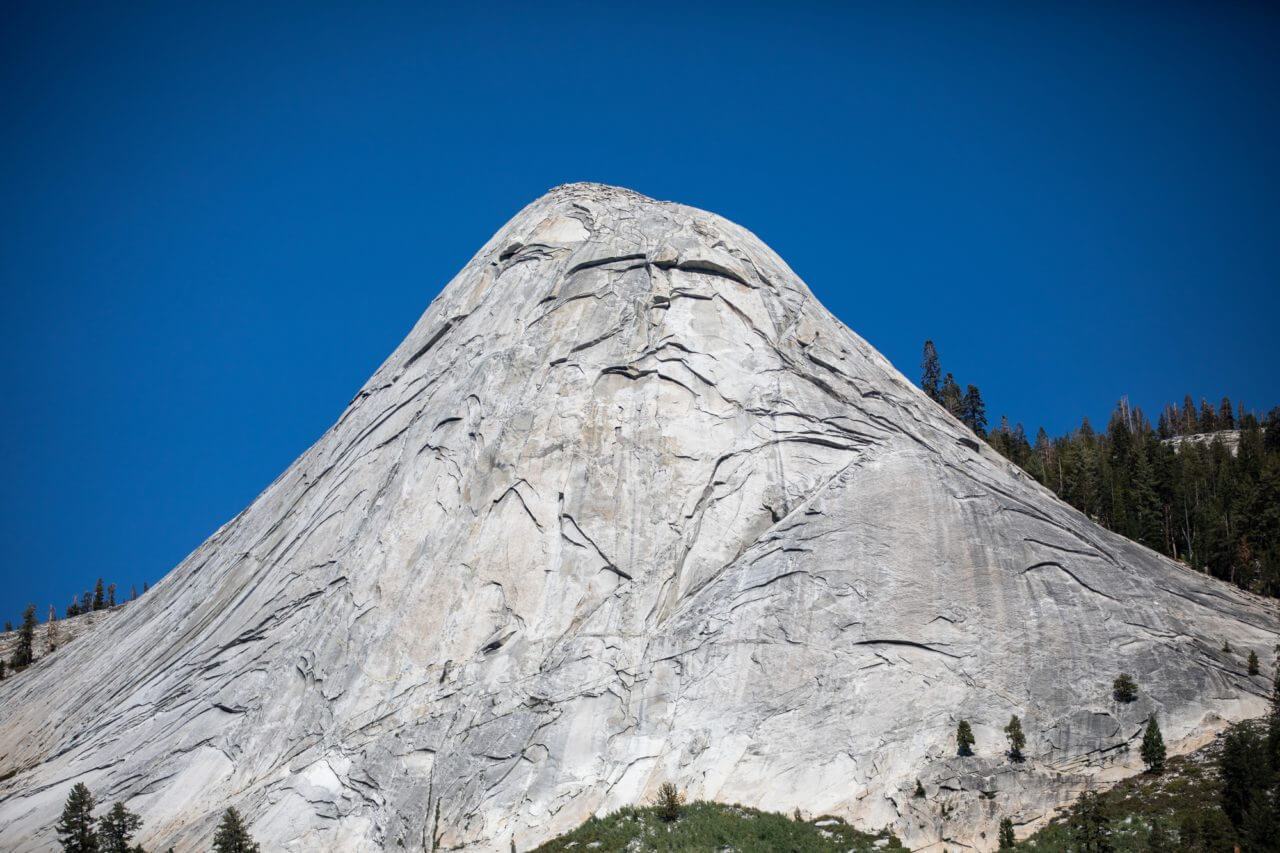
Can you see the face of an old man with a long beard, furrowing his brow? More than just rocks and obstacles, Dusy-Ershim offers a glimpse into one of the most remote parts of the Sierra Nevada Range. The trail sits between the John Muir Wilderness and Dinkey Wilderness and parallels the Pacific Crest Trail.
Dusy itself is not as challenging as the Rubicon or Fordyce Creek trails. That is to say, it does not have obstacles that are as difficult as the most difficult obstacles on those trails. It also doesn’t have nearly as many bypasses around obstacles, and we hope it stays that way in the future. Much of the trail is bound by tight trees that limit options on where you can go. Dusy is also longer than either of the above trails as well, so the stakes are higher if you make a mistake. If you do have an issue 15 miles into the trail you have a long way to go before you will get any help.
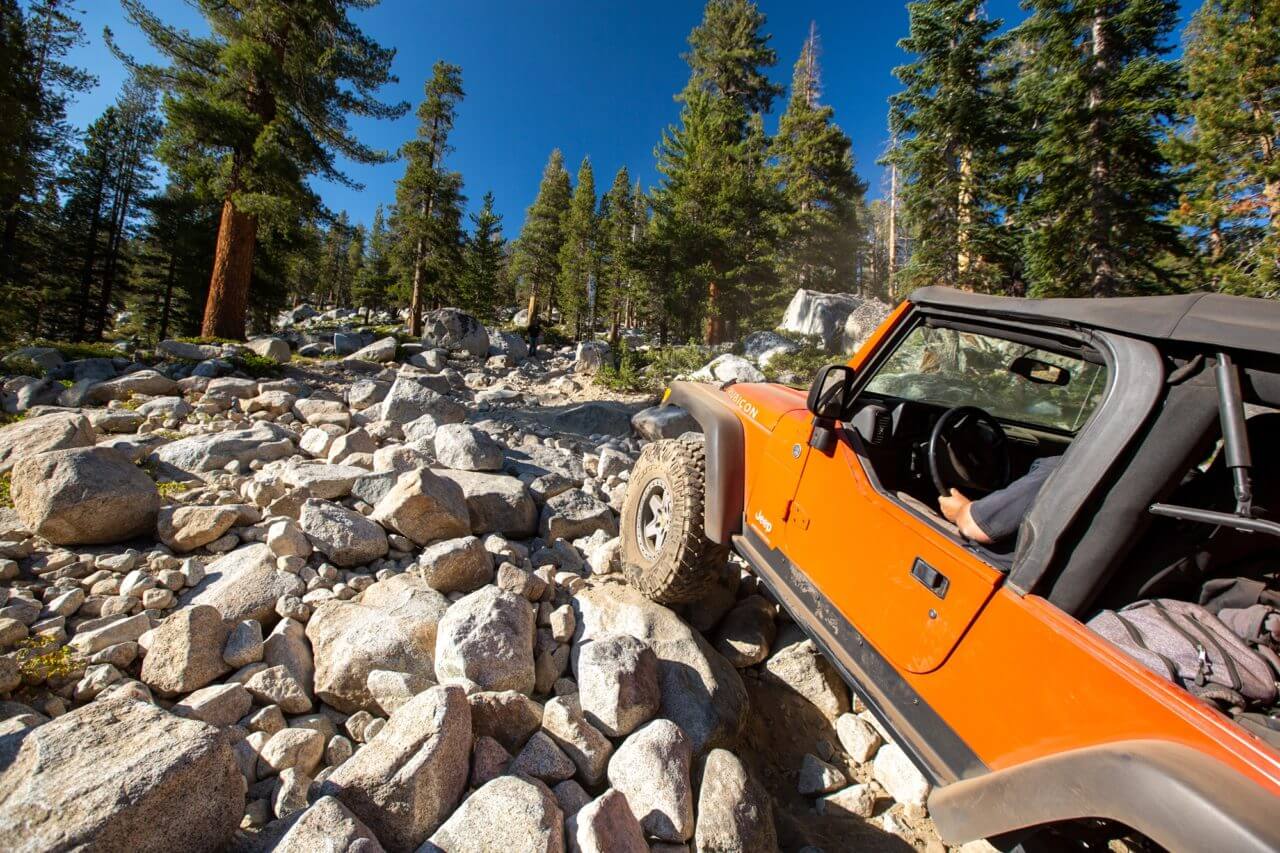
Approximately ten miles into the trail you encounter Thompson Hill, one of the most challenging sections of Dusy-Ershim. The climb is covered in large rocks, and if you are doing the trail in three days like we did, you will likely be experiencing fatigue from ten miles of non-stop rock crawling. At the top of the hill you are rewarded with some amazing camping options near Thompson Lake.
We generally covered about 10 miles each day on our trip, which pencils out to approximately one mile per hour. Our first campsite was at Thompson Lake, and the second night we spent near Ershim Lake. Given the drought conditions and numerous forest fires taking place at the time, fire permits were unavailable during our visit. We carried fire extinguishers, shovels, and plenty of water with us, and cooked with propane stoves in order to ensure that we did not accidentally start any fires. On our trip in August, temperatures were in the 80s during the day, but dipped down into the 40s at nightly, largely due to the elevation of the trail; it is nearly all above 9,000 feet. While a campfire would have been nice at the end of the day, it just wasn’t worth the risk.
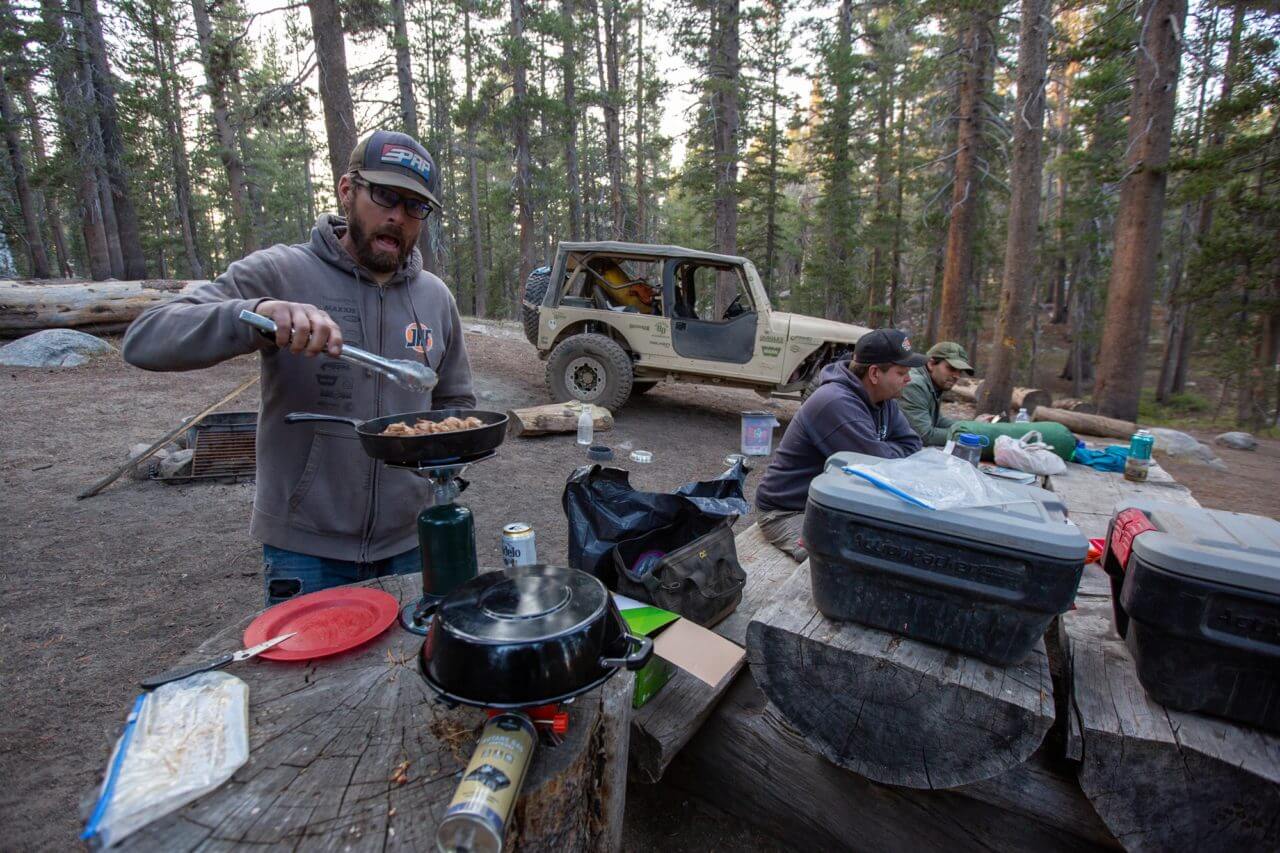
You won’t find any drive thrus on Dusy, so you better pack plenty of food. We typically eat a quick and easy breakfast like oatmeal and fruit, have sandwiches and snacks during the day, and then make a more involved meal for dinner when we have time to relax. Steaks, stuffed mushrooms, and salad were cooked up on our Camp Chef stove on this night, all kept cold on the trip in our ARB Zero freezer/fridge.
A small vehicle, such as a Suzuki Samurai or flatfender, would be ideal for this trail since it is so tight between the trees. Both LJs made it through without damage, but the Ford truck was not so lucky. Jesse had a great attitude above this, noting that he has a donor truck at home with straight body panels. Knowing what we know now though, it is tough to advise anyone to take a fullsize vehicle through Dusy-Ershim.
It is hard to imagine running Dusy-Ershim in less than three days, even in the most capable of vehicles. Rather than less time, more time on the trail would allow for a more relaxed pace, or more fishing and exploring. This area is breathtaking, but it is also remote. If you take the time to come and run Dusy-Ershim don’t rush, allow for plenty of time to give the area the attention it deserves.
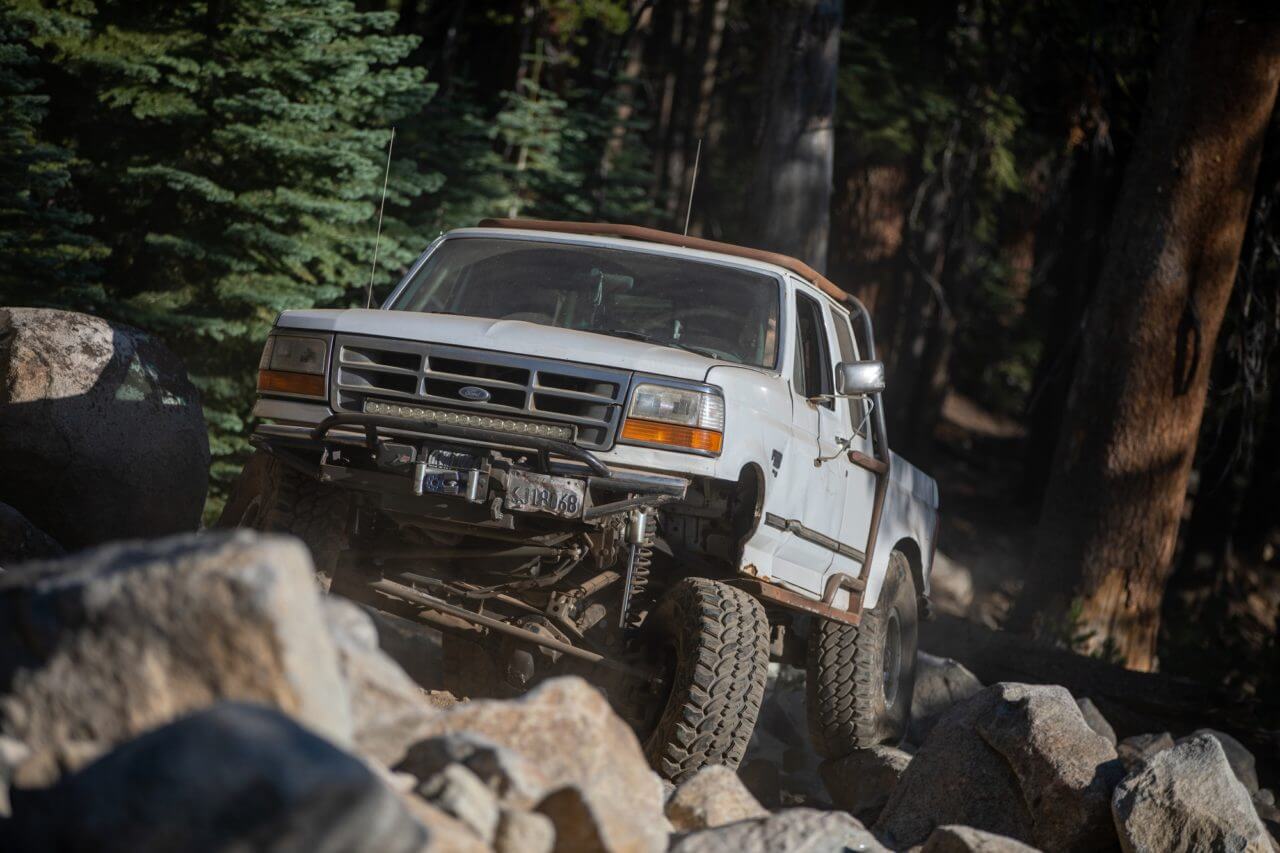
Jesse Coss can normally be found out in the desert in his 97 Ford F250 diesel. It has been fitted with Fox coilover and bypass shocks at all four corners. The truck also has solid axles, locking differentials, and 40-inch Pro Comp Xtreme MT2 tires though, making it a very capable rockcrawler. The biggest limitation on Dusy was the sheer size of the Ford.
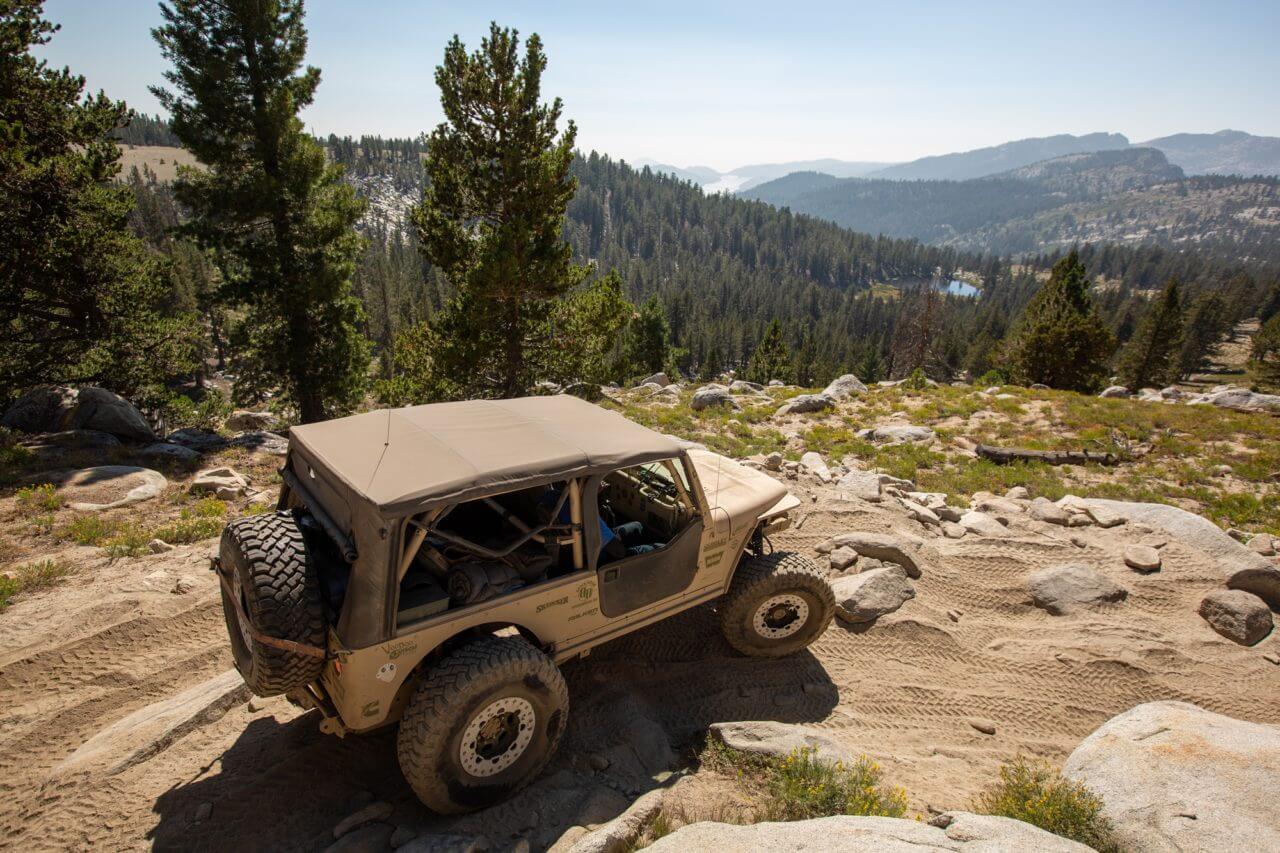
Verne Simons brought his Long Range LJ on the trip, driving the Cummins-powered Jeep all the way from Phoenix and back with his dogs Hank and Chili. Verne’s Jeep has a Bestop Supertop to keep the sun from beating down on him and Spicer Ultimate Dana 60 crate axles located by a Skyjacker long arm suspension with Fox coilovers.
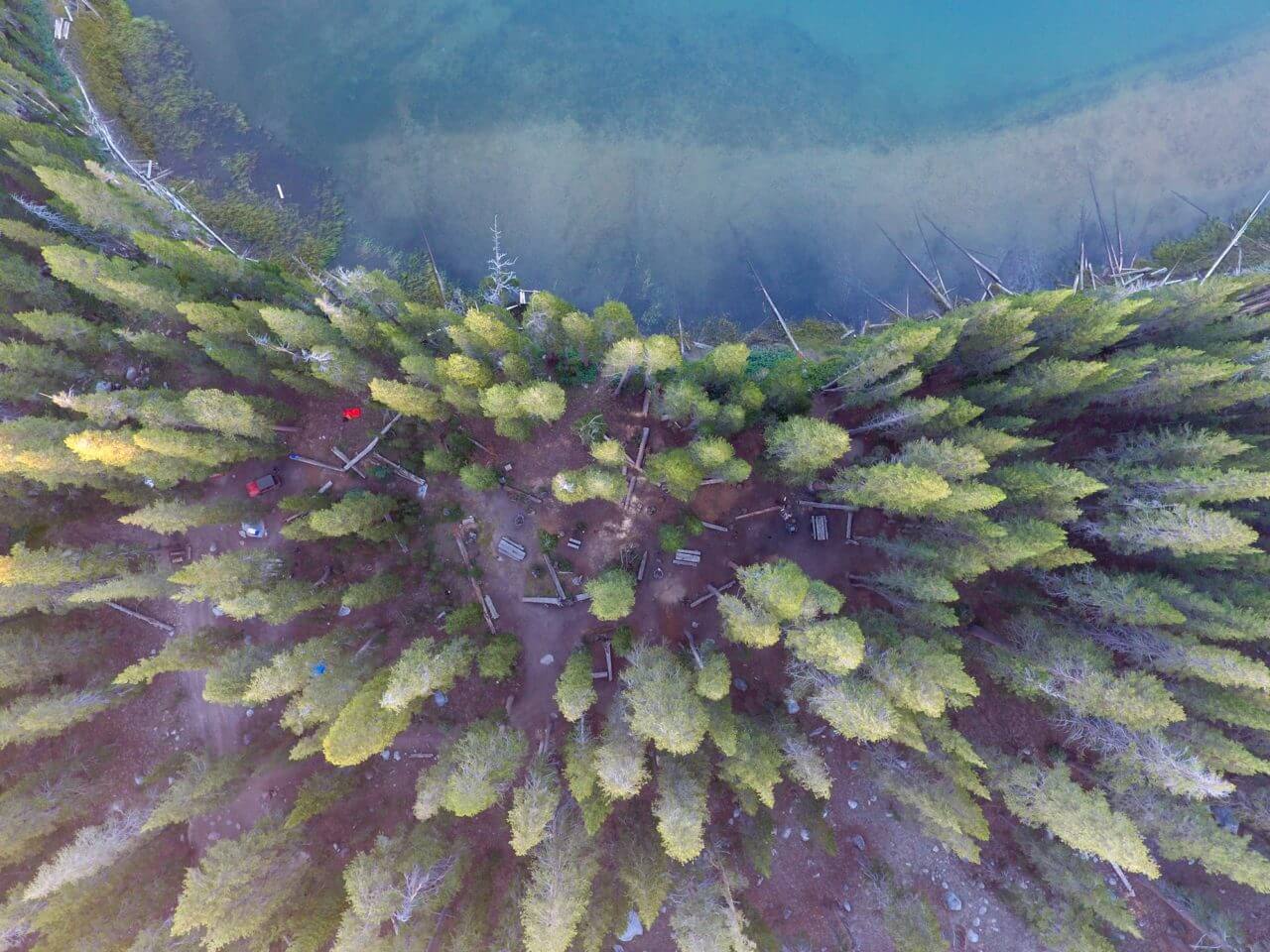
The second night on the trail we camped at Ershim Lake. The many alpine lakes along the trail provided refreshing opportunities to knock off the trail dust during our journey. If you have a California fishing license, bring your pole with you, there are many opportunities to catch a fresh dinner of rainbow trout and German browns.
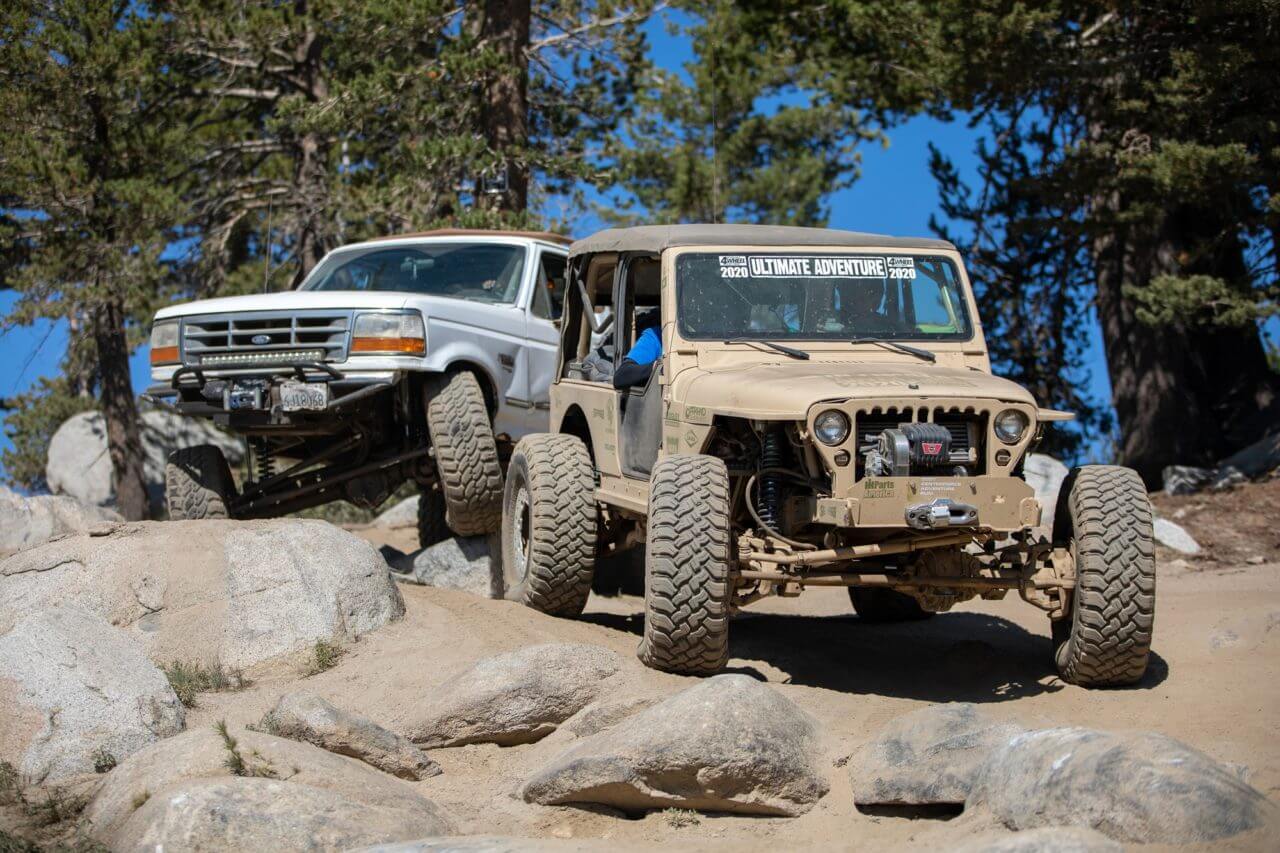
The northern end of the trail at White Bark Vista is arguably the most technical section, with less trees but bigger rocks, bigger holes, and tight turns to negotiate. At least we had gravity on our side, running the trail from north to south and climbing up these obstacles would be an even bigger challenge.




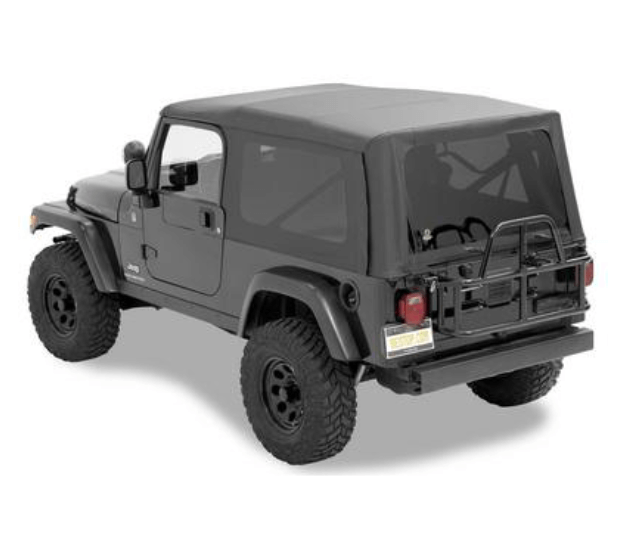

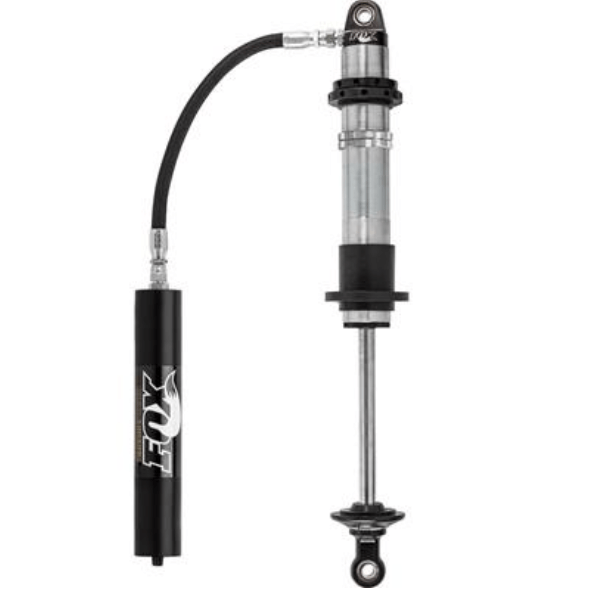
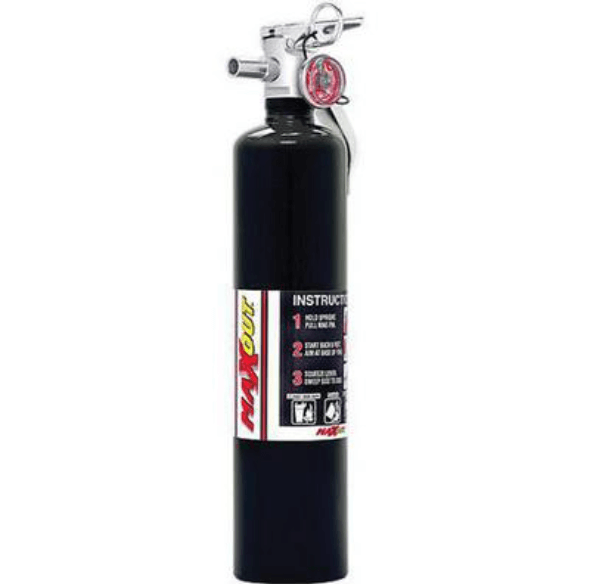

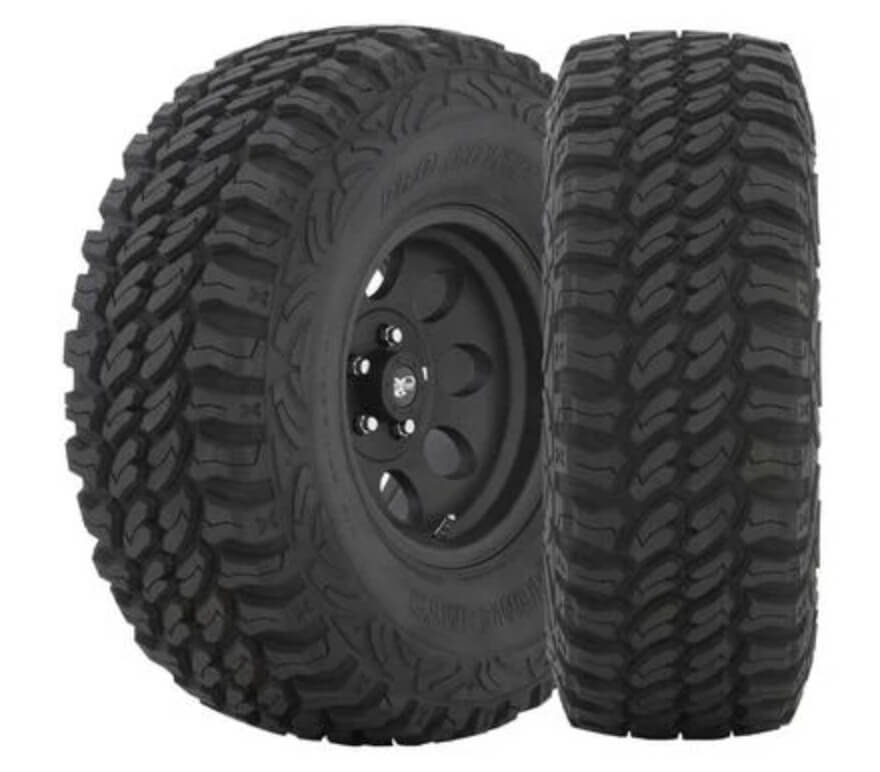
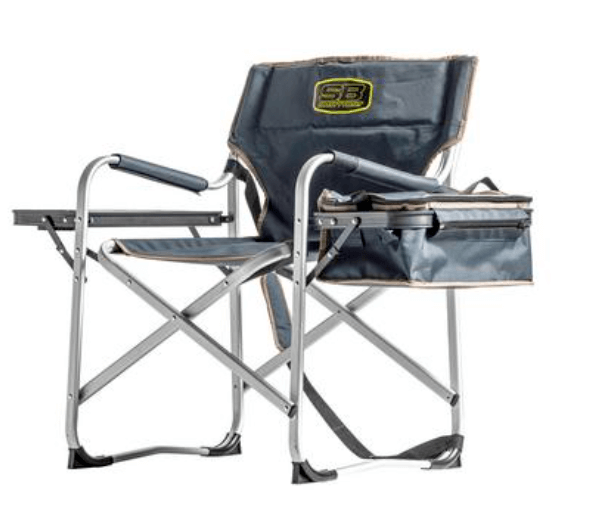

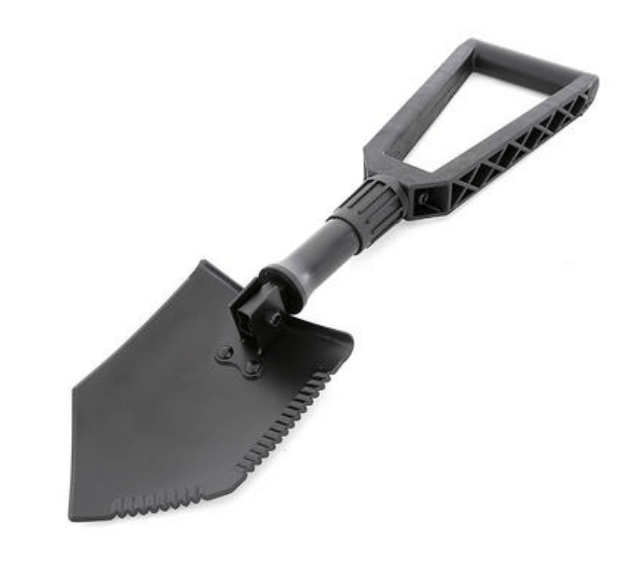

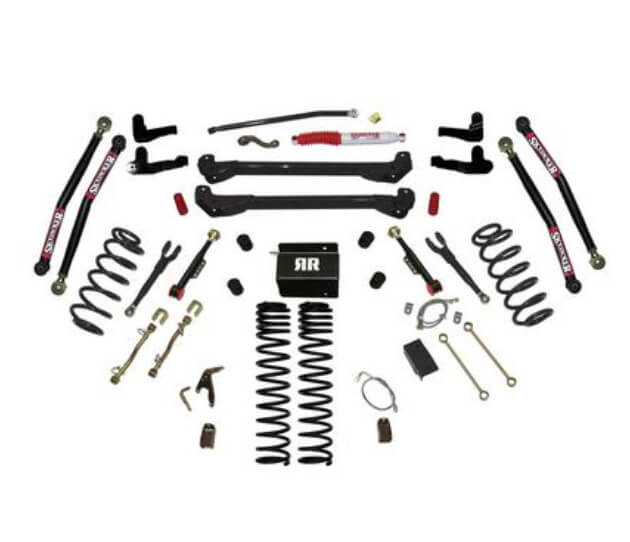
2